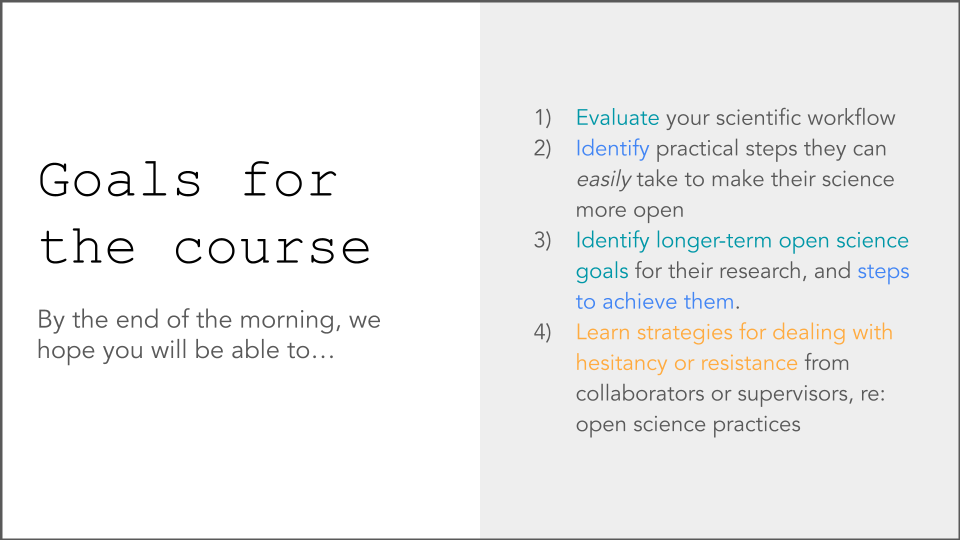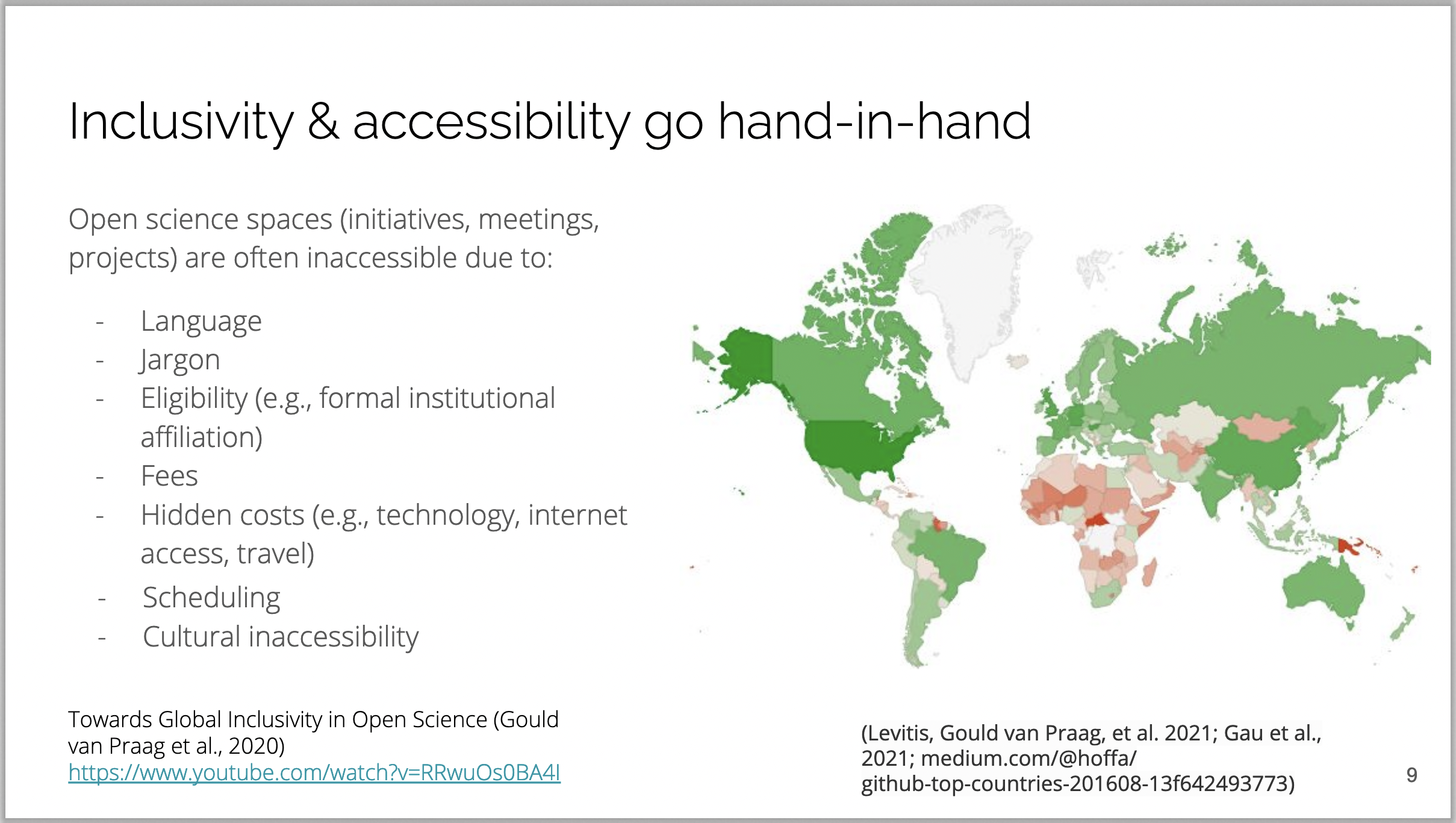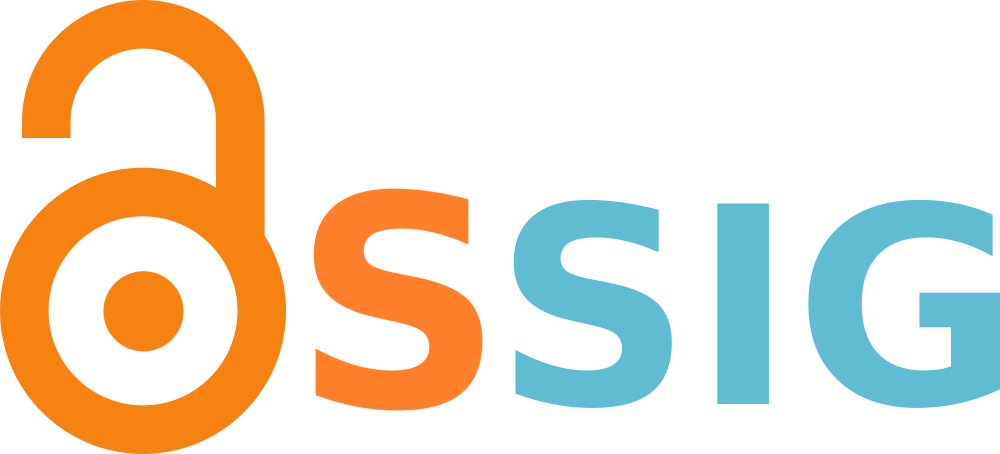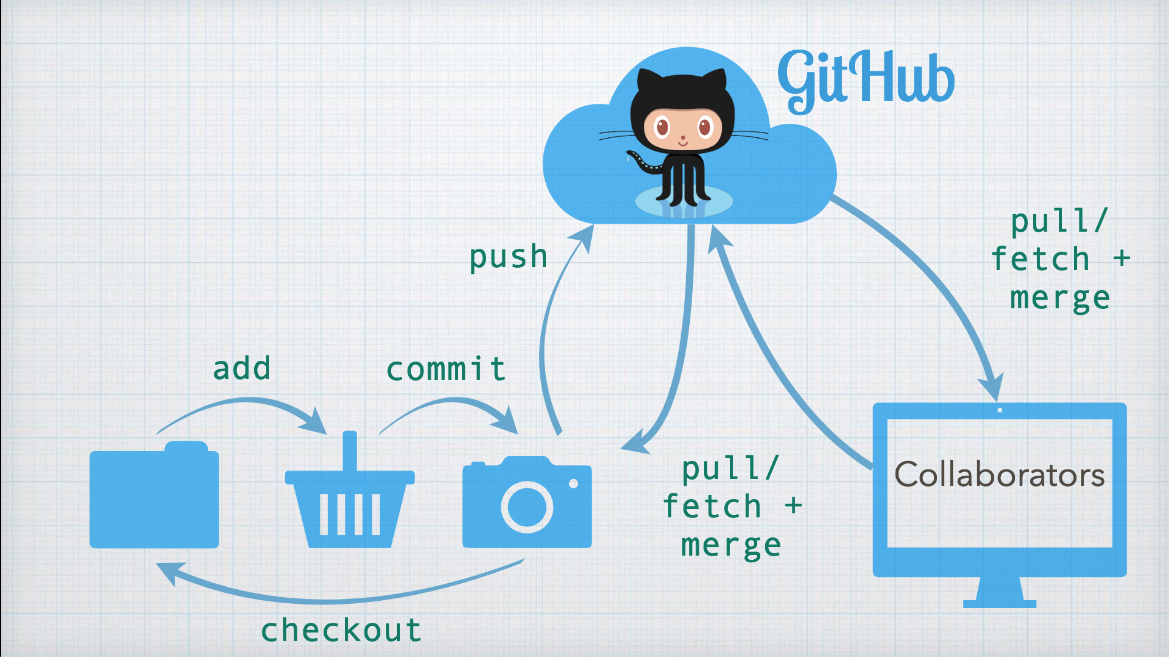Open science tools & practices
Cultivating Open Science Practices in Academic Research and Culture
Educational Course at the 28th annual meeting of the Organization for Human Brian Mapping in June 2022 • Glasgow, Scotland, UK
Organized a half-day course comprising 6 lectures and a panel discussion, together with Stephanie Noble and Naomi Gaggi, focusing on integrating open science practices into existing research workflows at multiple levels of technical expertise and career stage.
Many researchers agree with the general premise of open science but are unsure where to start, with the deluge of tools, services, and skills associated with open science. This issue is compounded by perceptions of the broader open science community, in part based on comments made by open science advocates. Some expect an “all-or-nothing” approach, suggesting that researchers must be open in all aspects in order for their science to be open. Others see an exclusionary culture, based on high technical skill requirements or consisting of a culturally homogeneous group of individuals to which they do not belong. We aimed to dissuade these notions by lowering the barrier to entry to belonging in open science and providing researchers with tools to make their own spaces more scientifically and culturally open.
Topics
- Working with large, open datasets by Damien Fair
- Reproducible workflows: Open data analysis by Elizabeth DuPre
- Reproducible workflows: Open neuroimaging tools & best practices by Chao-gan Yan
- Sharing research products FAIRly by Camille Maumet
- Open publishing and peer review by Cooper Smout & Virginia Barbour
- Challenges for open science as an early career researcher by Anibal Sólon

Addressing Inclusivity in Open Science
Talk given wtih Melvin Selim Atay in an oral session Addressing the Social Limitations in Open Science at the Organization for Human Brain Mapping's annual meeting in 2021
 The goals of open science are, broadly, to democratize access and to promote good research practices. Unfortunately, these goals fall short in several key ways, at the center of which are equity, diversity, and inclusivity (EDI) not only of the community, but of the fruits of their labors. Historically, the open science movement has been dominated by a narrow demographic with the access and support (institutional and otherwise) to time and resources they can spend on “open science” efforts. This monolithic culture has been furthered by (1) a gravitation of open science efforts on technical solutions and valuation of technical skills and (2) a reliance on computational resources that are inaccessible to a large proportion of the globe. While the community has become more diverse in the past few years, there is still a long way to go and the products of open science remain sequestered in the global North. Furthermore, EDI disparities have been highlighted by continuing socio-economic issues, recent increases in related scholarship, and the COVID-19 pandemic, revealing that our science isn’t as open as it should be. From culture to reachability, accessibility, there remains a lot of room for improvement. Failure in achieving EDI goals, not only hinders science, but imposes clear limitations and biases in the voices around us and the knowledge we produce. Science benefits from diversity in perspectives, experiences, and beliefs, in addition to accessible tools and reproducible research practices. New ways of thinking, understanding and learning are needed, new ways of establishing inclusion as a culture is needed to encourage and include historically underrepresented people, without such practices open science would not be as open as it should be.
The goals of open science are, broadly, to democratize access and to promote good research practices. Unfortunately, these goals fall short in several key ways, at the center of which are equity, diversity, and inclusivity (EDI) not only of the community, but of the fruits of their labors. Historically, the open science movement has been dominated by a narrow demographic with the access and support (institutional and otherwise) to time and resources they can spend on “open science” efforts. This monolithic culture has been furthered by (1) a gravitation of open science efforts on technical solutions and valuation of technical skills and (2) a reliance on computational resources that are inaccessible to a large proportion of the globe. While the community has become more diverse in the past few years, there is still a long way to go and the products of open science remain sequestered in the global North. Furthermore, EDI disparities have been highlighted by continuing socio-economic issues, recent increases in related scholarship, and the COVID-19 pandemic, revealing that our science isn’t as open as it should be. From culture to reachability, accessibility, there remains a lot of room for improvement. Failure in achieving EDI goals, not only hinders science, but imposes clear limitations and biases in the voices around us and the knowledge we produce. Science benefits from diversity in perspectives, experiences, and beliefs, in addition to accessible tools and reproducible research practices. New ways of thinking, understanding and learning are needed, new ways of establishing inclusion as a culture is needed to encourage and include historically underrepresented people, without such practices open science would not be as open as it should be.
OHBM Open Science Special Interest Group
 Secretary for the Open Science Special Interest Group (OSSIG) of the Organization for Human Brain Mapping (OHBM) for 2020-2021 (elect: 2019-2020; outgoing: 2021-2022); OSSIG's liaison to OHBM's Technology Task Force in 2020-2021
Secretary for the Open Science Special Interest Group (OSSIG) of the Organization for Human Brain Mapping (OHBM) for 2020-2021 (elect: 2019-2020; outgoing: 2021-2022); OSSIG's liaison to OHBM's Technology Task Force in 2020-2021
 I was the Secretary Elect of OHBM's Open Science SIG in the year preceding the 2020 annual meeting. Preparations were wel underway by the time the COVID-19 pandemic shut the world down. In what felt like the wild west of virtual conference organizing, we attempted to create an accessible and inclusive experience that took advantage of the perks of virtual meetings. That year, the OSSIG hosted a virtual Hackathon and Open Science Room with educational content and networking/co-working opportunities offered in three time zone hubs and on regionally accessible platforms, for maximal global accessibility. In preparation for another virtual conference in 2021, we applied lessons learned and experience gained to more seamlessly integrate the OSSIG's programming into the main OHBM schedule. As Secretary, I served as the OSSIG's liaison to OHBM's Technology Task Force, which aimed to create an engaging and interactive virtual experience.
I was the Secretary Elect of OHBM's Open Science SIG in the year preceding the 2020 annual meeting. Preparations were wel underway by the time the COVID-19 pandemic shut the world down. In what felt like the wild west of virtual conference organizing, we attempted to create an accessible and inclusive experience that took advantage of the perks of virtual meetings. That year, the OSSIG hosted a virtual Hackathon and Open Science Room with educational content and networking/co-working opportunities offered in three time zone hubs and on regionally accessible platforms, for maximal global accessibility. In preparation for another virtual conference in 2021, we applied lessons learned and experience gained to more seamlessly integrate the OSSIG's programming into the main OHBM schedule. As Secretary, I served as the OSSIG's liaison to OHBM's Technology Task Force, which aimed to create an engaging and interactive virtual experience.
This work fits into a larger effort by BrainHack Global to host dispersed workshops that merge elements of hackathons and unconferences to collaborate on neuroscience projects. Beyond hosting events, creating open tools, and promoting open science practices, BrainHack is a model for community-driven neuroscience that brings together education, training, and collaboration. In addition to planning the OHBM BrainHack, I have contributed to BrainHack's diversity and inclusivity task force.
Related publications
Reproducible (brain) data visualization in Python
Tutorials given at the ABCD-ReproNim virtual course in 2021 & 2022, and at Florida International Univeristy's Cognitive Neuroscience Program seminar series in 2020 and Summer Bootcamp in 2019
Lead interactive tutorials on Python tools for domain-general data visualization (i.e., Matplotlib, Seaborn) and for functional neuroimaging data visualization (i.e., Nilearn), based on a Kirstie Whitaker's data visualization tutorial given at NeuroHackademy in 2019. Topics included basic plotting with Matplotlib, manipulating basic plots and figure objects, displaying statistical results in plots, dataframe manipulation, and several options for making both static and interactive brain plots in both volume and surface spaces using Nilearn.
Version control with git & GitHub
 Tutorial given in a weekly Neuroinformatics and Brain Connectivity Lab meeting and at Florida International Univeristy's Cognitive Neuroscience Program Summer Bootcamp in 2019
Tutorial given in a weekly Neuroinformatics and Brain Connectivity Lab meeting and at Florida International Univeristy's Cognitive Neuroscience Program Summer Bootcamp in 2019
Gave a presentation covering the basics of version control with git and how to use GitHub to collaborate with others. Then, gave a hands-on tutorial covering git basics.